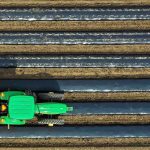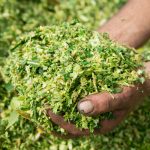
Pest control in cannabis crops


Many agricultural producers are now involved in cannabis cultivation due to its benefits, especially around health. However, there are several challenges they must face, as cannabis is prone to weeds. The big question is usually, how to control pests on these crops.
In cannabis cultivation there is a high probability that weeds will invade the fields, reducing their quality and yield once they spread through the land, which can represent a real problem.
Integrated weed management in cannabis cultivation
The recommendations for controlling pests in cannabis crops are diverse, however, it’s always good for cannabis producers to understand the importance of carrying out an integrated weed management.
With proper integrated weed control, you can avoid some scenarios such as:
- Attracting insect pests and diseases
- A threat to crop health, quality and yields
- High labour costs for the mitigation and harvesting of weeds
- Mixing waste from weeds with biomass from harvested crops
Producers need to take some time to analyse all the conditions of the land that will be destined for the cultivation of cannabis.
This way they can know what they are facing to define the measures to implement before carrying out the sowing process, thus avoiding the loss of a valuable quantity of seeds or weeds overpowering the land during the growing season, thus damaging the integrity of the final product.
How to decrease the development of weeds in cannabis crops?
There are some strategies that agricultural producers can implement to minimize weed development and control pests in cannabis crops. The following are some of them:
Know what you’re up against
In addition to knowing in depth the land where they will cultivate, agricultural producers should know what types of weeds can be found, for example, the most common within the perennials can be Canada thistle, parsley, pokeweed and quack grass.
Within the range of aggressive weeds that grow fast are palmer amaranth, common and giant ragweed, water hemp, horseweed and marestail. Usually, these weeds are native species and will depend on the county and region where the crop is located.
Create a timetable
Creating a calendar is ideal to monitor weeds and plan when they are likely to appear. It’s an excellent strategy to control pests on cannabis crops and minimize weed development, as agricultural producers can more accurately know how and when they should activate their mechanical pest and weed control plan, defining the equipment they must remove.
It’s crucial to have the manpower to pull weeds while scouting crops for pests and diseases, which is certainly a good way to keep them at bay.
Try to start with a clean field
In some regions, it may be somewhat complex to start with a clean field, but it is feasible.
According to Erin Burns, assistant professor of integrated weed management at Michigan State University, and based on an article published in Hemp Industry Daily,
special care should be taken with residual herbicides that can affect the establishment and development of crops, since most herbicides are not labelled for cannabis by the U.S. Environmental Protection Agency, so knowing the history of the products applied will always be beneficial to determine if the land has had enough time to purify.
You can also employ a field cultivator or a disk to get rid of weed vegetation, disease pathogens and insect pests that could be in the foliage and roots of weeds. However, this mechanical option breaks up roots and spreads bits of weeds throughout the field, which can aggravate infestations in the field.
Define suppression strategies
Once it has been determined what the cannabis is to be grown for, the ideal strategy for weeding is defined. For example, there are cases where cannabis is grown for grain and fibre, while others grow hemp and marijuana for biomass or cannabinoid flower. In this case, producers often cultivate in raised beds covered with plastics to suppress weeds.
For pest control in cannabis crops, some prefer to plant directly in close proximity, suppressing weeds through the plant canopy, while others use biodegradable mulches to cover the rows of beds and keep weeds out of the sunlight.
For more information, we recommend reading our article on Hemp production: what to consider and how agricultural plastics help.
Rotate crops
It’s one of the most common practices to minimise weed emergence. Many agricultural producers rely on cover crops, especially during the off-season, to maintain production levels.
The key to crop rotation is that each crop has different characteristics, e.g., planting date, emergence date, height and nutrient requirement.
Studies have found that when the soil is helped to improve its biological structure, either through regenerative practices such as rotation, no-tillage or cover crops, there is a greater likelihood of residual impact on weed control, resulting in improved, stronger and faster-growing plants compared to weeds.


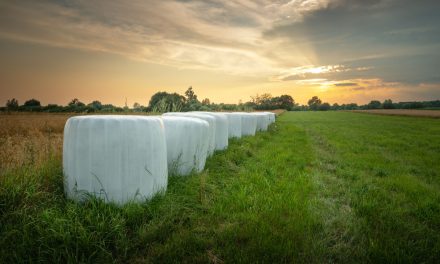
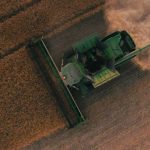

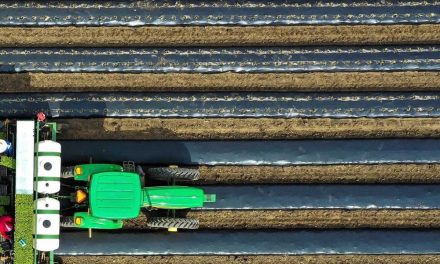



![[eBook Trends in Agriculture Plastics] Increasing use of biodegradable mulch](https://agriplasticscommunity.com/wp-content/uploads/550 × 310_2_ENG-440x264.png)
![[eBook Trends in Agriculture Plastics] Reducing the plastic used in the manufacture of agricultural films](https://agriplasticscommunity.com/wp-content/uploads/550 × 310_1_ENG-440x264.png)






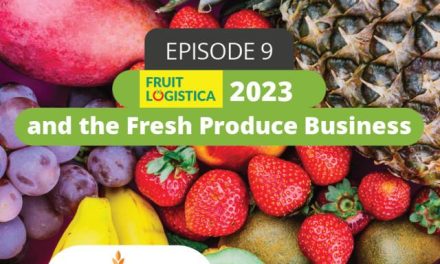

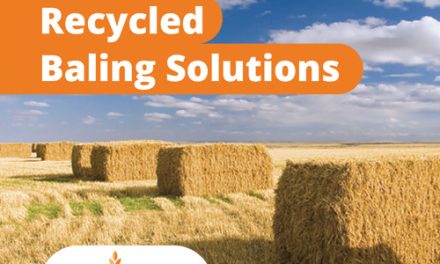






![[eBook Trends in Agriculture Plastics] Cultivation of fruit trees under cover](https://agriplasticscommunity.com/wp-content/uploads/4_550x310_ENG-440x264.png)




